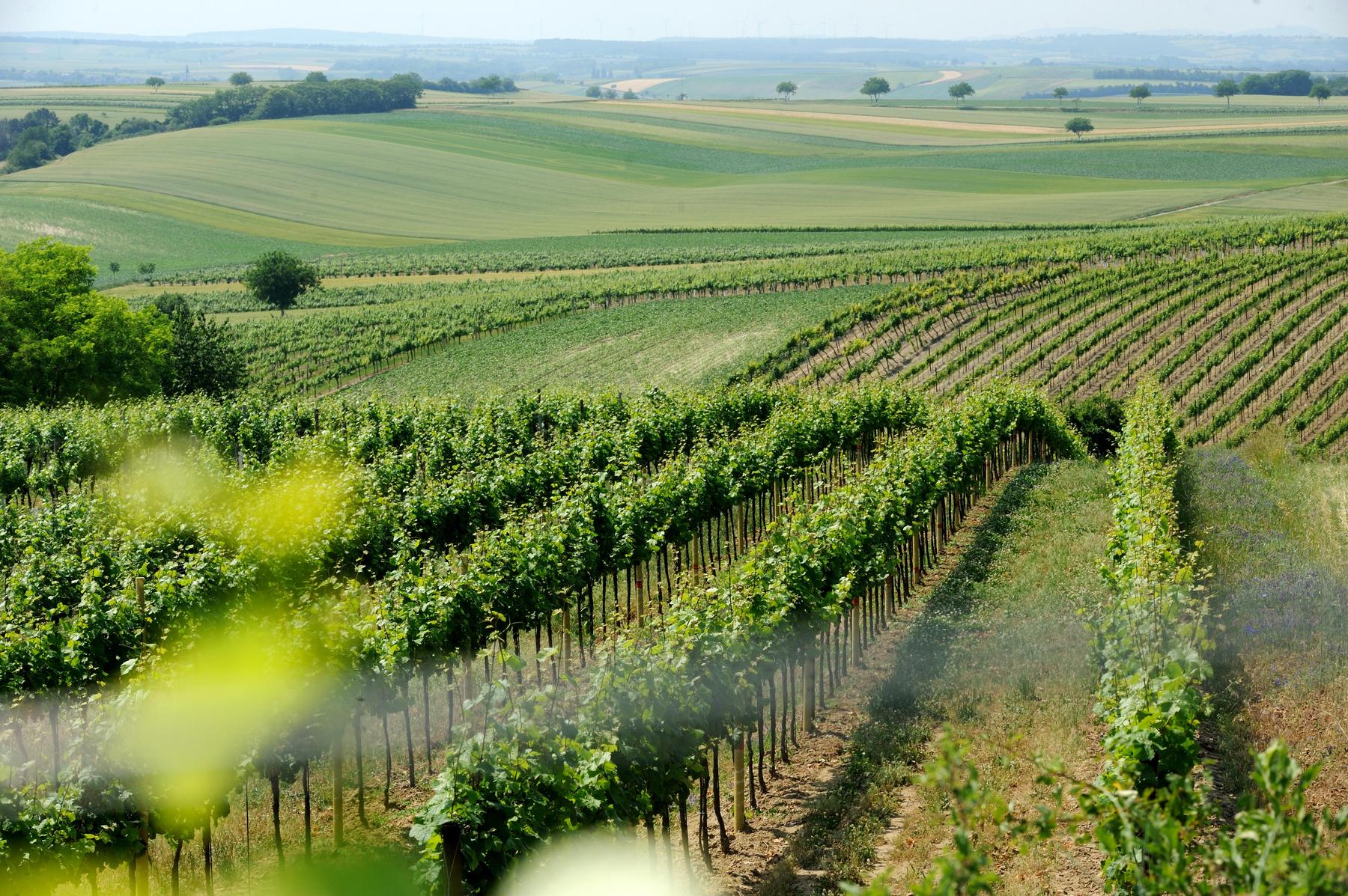« Some bluffs are more difficult to see than others »

« There is nothing to indicate that there is anything dangerous, » says the National Food Agency about The honey cheat.
We really hope so. But labeling food – whether it is about origin labeling, eco -labeling or nutritional declarations – is about more than that.
Food fraud has been around at all times, and is available in many forms. From old -time arsenic pointed candies, to lasagna made from horse meat and modern lingonberry drinks that contain everything except lingonberries. Often it is about replacing a raw material with something cheaper, or that a food has been renamed and incorrectly called organic.
As the cheaters come in more creative ways to make money, new methods are developed to reveal the cheating.
Food engages and is vital, Therefore, food fraud often becomes a snack ice cream, although it is not about the products being dangerous. It is sad to be tricked into spending expensive money on a virgin oil which is really an olive oil of much worse quality, or to pay for an organic tomato but get one that is conventionally grown. But it is not only bad for the wallet, it also undermines our confidence in the markings and makes it harder to trust what is on the honey can, the coffee pack or the wine bottle.
And if there is something the food industry does not need, there is greater uncertainty.
On the internet and social media Has myths and rumors about food and health free space. Some are about misunderstandings and confused ideas, other things are pure disinformation. Sometimes the goal is to get us to buy unnecessary products, in some cases it is an expression of some kind of identity building. Sometimes, the purpose seems to be the most scared.
As a consumer, it is not always easy to see through the bluffs, and some types of food fraud are impossible to control for yourself no matter how critical thinking you are. Therefore, we must be able to trust that what is sold in the stores contains what the packaging promises.
Read more:







